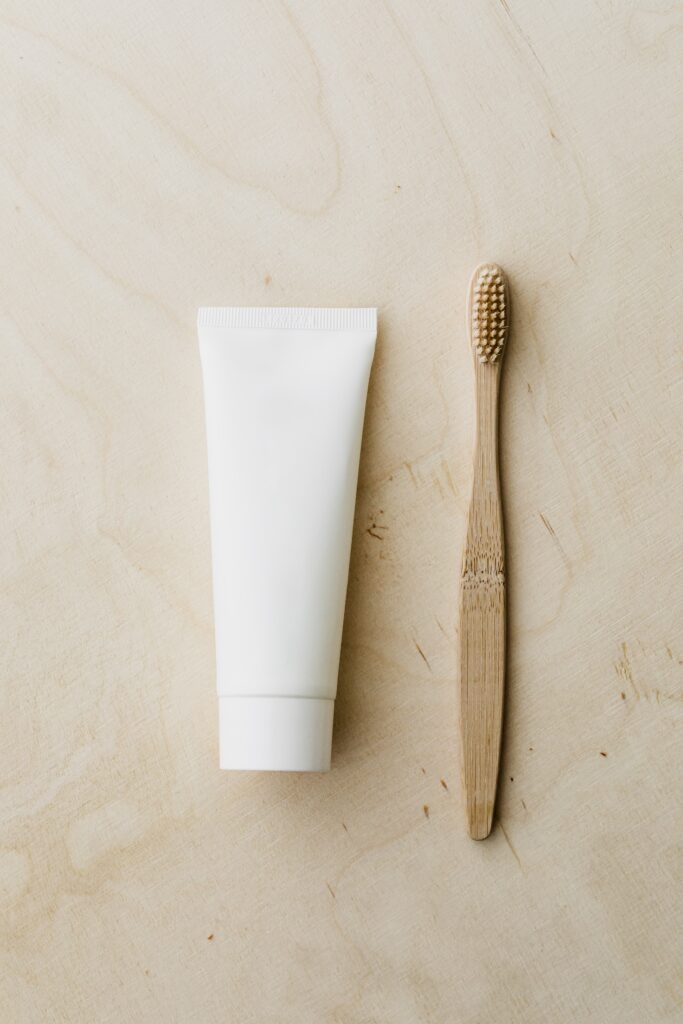Mold is a contamination of microorganisms that can cause a variety of health problems. Knowing how to prevent moldy toothbrushes is crucial to ensure good oral hygiene and health.
This article will provide an overview of the causes of mold on toothbrushes, offer tips on how to avoid this occurrence, and provide ways to clean a moldy toothbrush.

What is Mold?
Mold is a type of fungi that is most commonly found in damp cold conditions in places such as bathrooms and kitchens. Mold can cause a variety of health problems ranging from allergic reactions to serious illnesses such as lung infections and respiratory illness. It is essential to keep our toothbrushes free from mold to maintain good oral hygiene and overall health.
Causes of Moldy Toothbrushes
There are many causes of mold on toothbrushes. Poor cleaning habits, inadequate storage, and unsanitary habits can all lead to the growth of mold.
Unsanitary Habits
Unsanitary habits such as not rinsing the toothbrush after using toothpaste, food particles, and saliva can lead to the growth of bacteria which can eventually lead to the growth of mold.
Poor Storage
Poor storage of toothbrushes can also lead to the growth of mold. For example, storing toothbrushes in damp conditions such as a humid bathroom can create a breeding ground for bacteria and mold.
Inadequate Cleaning
Inadequate cleaning of toothbrushes can cause the buildup of dirt and debris which can lead to the growth of bacteria which can eventually lead to the growth of mold.
How to Avoid Moldy Toothbrushes
To prevent the growth of mold on toothbrushes, it is important to take the following steps:
Store Toothbrushes Properly
Storing toothbrushes in a dry and airy environment is essential to prevent the growth of mold. To ensure proper storage, toothbrushes should be stored in a container or cup with a lid and kept away from damp areas such as bathrooms.
Use a Toothbrush Sanitizer
Using a toothbrush sanitizer can provide an extra layer of defense against the growth of mold on toothbrushes. Toothbrush sanitizers use ultraviolet light to kill bacteria and other microorganisms which can lead to the growth of mold.
Replace Your Toothbrush Regularly
To ensure good oral hygiene, it is important to replace toothbrushes every 3-4 months. This will help to prevent the buildup of bacteria and debris that can lead to the growth of mold.

How to Clean Moldy Toothbrushes
If a toothbrush has become contaminated with mold, it is important to take the following steps to clean it and make it safe for use again:
Soak Toothbrush in Vinegar
Soaking a toothbrush in vinegar can help to kill bacteria and other microorganisms that can lead to the growth of mold.
Boil Toothbrush
Boil a toothbrush in hot water for a few minutes to disinfect it and kill any bacteria or microorganisms that can cause the growth of mold.

Say Moldy Toothbrushes Bye and Start Living Healthy!
Mold on toothbrushes is an important issue to consider to ensure good oral hygiene and health. Unsanitary habits, poor storage, and inadequate cleaning can all lead to the growth of mold on toothbrushes. To prevent the growth of mold, it is important to store toothbrushes properly, use a toothbrush sanitizer, replace toothbrushes regularly, and clean a moldy toothbrush.
In conclusion, mold on toothbrushes is an important issue to consider to maintain good oral hygiene and health. Poor storage, unsanitary habits, inadequate cleaning, and bad habits can all lead to the growth of mold on toothbrushes. To avoid the growth of mold, it is important to store toothbrushes properly, use a toothbrush sanitizer and replace toothbrushes regularly. If a toothbrush has become contaminated with mold, it is important to soak it in vinegar and boil it in hot water.
Takeaway Points
In summary, here are the takeaway points to remember when it comes to avoiding mold on toothbrushes:
- Store toothbrushes properly in a container or cup with a lid.
- Use a toothbrush sanitizer to provide an extra layer of defense against the growth of mold.
- Replace toothbrushes every 3-4 months.
- Soak a moldy toothbrush in vinegar and boil it in hot water.
Enjoying our weekly blogs? Be sure to checkout other amazing blog posts on our website and share it with your family and friends.

